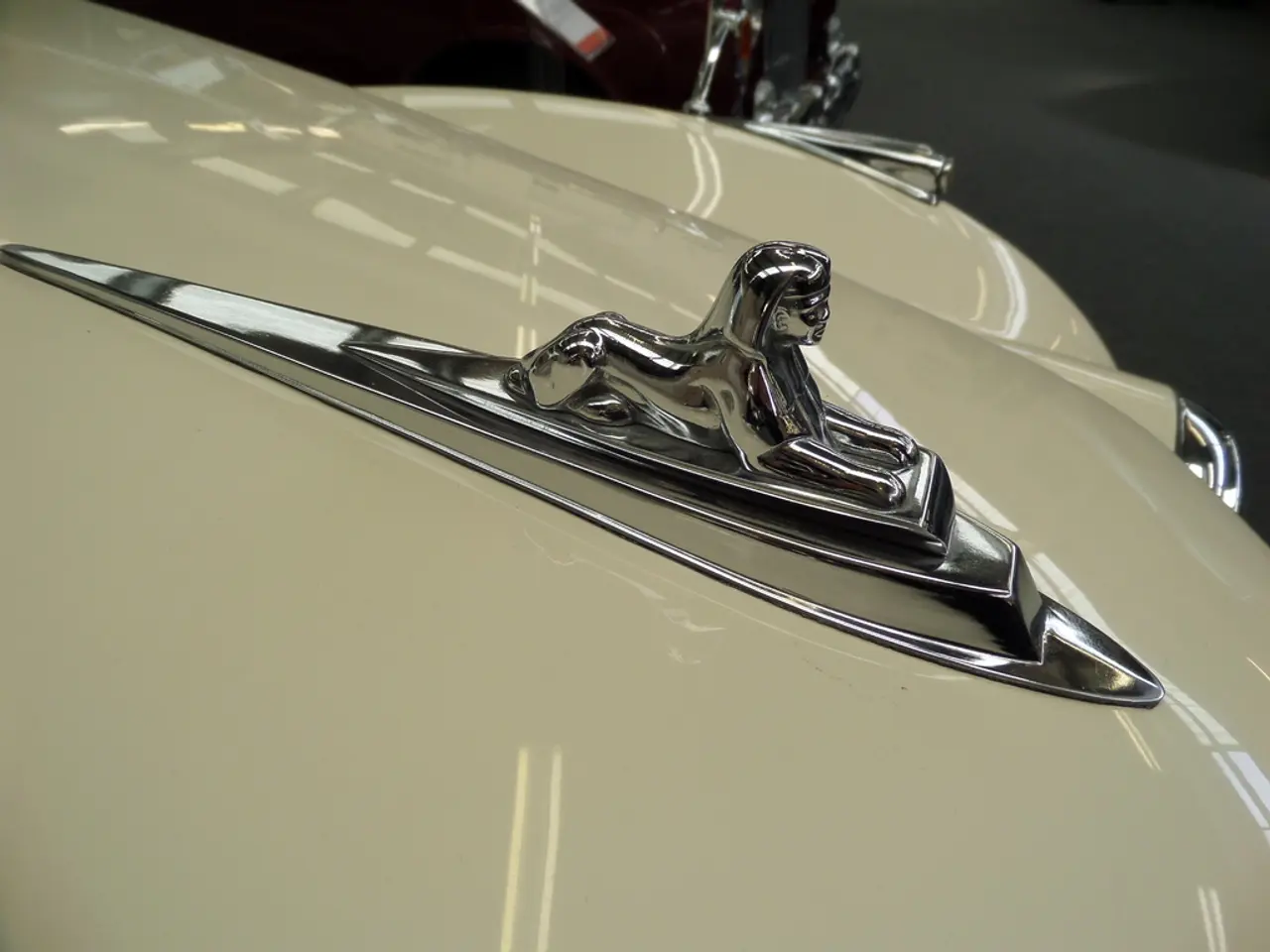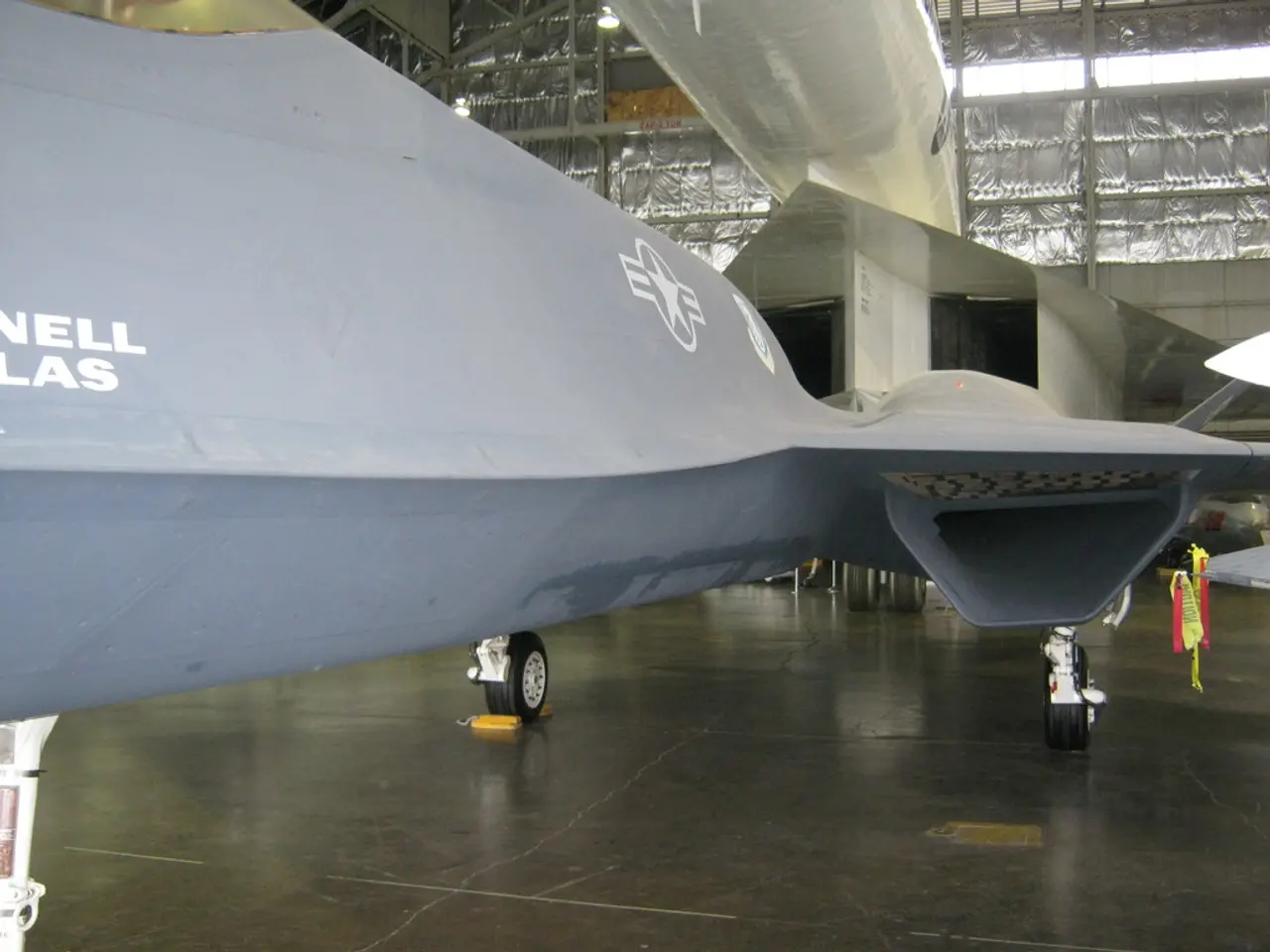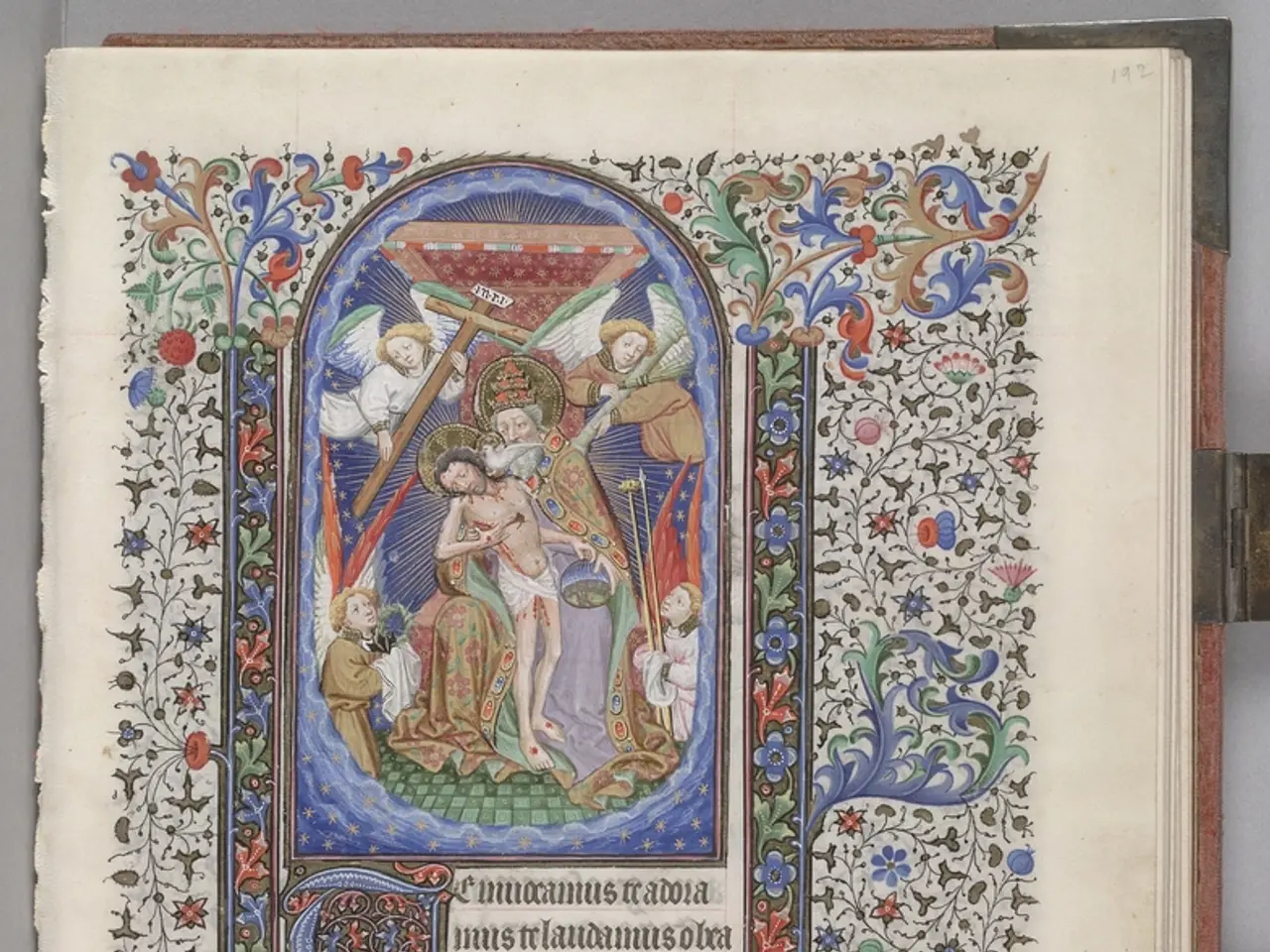Examining the Symbols and Emblems of the Aviation Industry
Airline company logos are more than just symbols; they are psychological tools designed to create a lasting impression on customers. These visual representations are carefully crafted to evoke emotions such as trust, safety, reliability, speed, and a connection to the airline’s national or cultural origins, aligning closely with their objectives of quality service, operational speed, safety assurance, and cultural identity.
Building Trust and Safety
Airlines tend to use stable colors like blue and shapes that convey solidity and protection. Blue, psychologically associated with calmness and reliability, reassures travelers about the airline’s safety standards. This choice of color aims to instill a sense of security and dependability, key for passenger confidence in safety.
Speed and Efficiency
Logos often incorporate streamlined, dynamic shapes such as wings, arrows, or swooshes that imply movement and speed. This visual language aligns with the objective of quick and efficient service, suggesting the airline can get passengers to their destinations swiftly.
Quality and Premium Service
Some airlines, like Singapore Airlines, supplement their logos with signature sensory elements to create a luxurious, high-quality brand experience that extends beyond the visual logo. This multi-sensory branding evokes feelings of comfort, exclusivity, and exceptional care.
Cultural or National Identity
Many airline logos integrate symbols, colors, or motifs reflecting their country or region of origin, fostering emotional resonance and loyalty among local customers. This use of origin cues strengthens cultural connection and pride.
Collectively, these emotional cues in logos psychologically align with brand promises—quality service, operational speed, safety, and cultural heritage—which are critical for customer trust and loyalty in the highly competitive airline industry.
Design Principles
A logo must be legible, coherent, adaptable, reproducible, memorable, timeless, and simple. A good logo shows or evokes what a company does and what are the brand values.
Adîr, G., Adîr, V., and Pascu, N.E. (2012) wrote about logo design and corporate identity in a study published in Procedia - Social and Behavioral Sciences. The study highlights the importance of understanding the psychological impact of logos on customers and the role they play in building a strong brand image.
In conclusion, airline company logos are strategically designed to evoke specific emotions that align with the company's values and objectives. By understanding these emotional strategies, one can appreciate the thought and effort that goes into creating a powerful and memorable logo.
[1] For more articles on this topic, please click here.
- Airlines use designs that incorporate stable colors, like blue, and solid shapes to build trust and safety, as blue is psychologically associated with calmness and reliability.
- Logos often include streamlined, dynamic shapes to imply speed and efficiency, aligning with the objective of quick, efficient service and suggesting the airline's ability to deliver passengers to their destinations swiftly.




